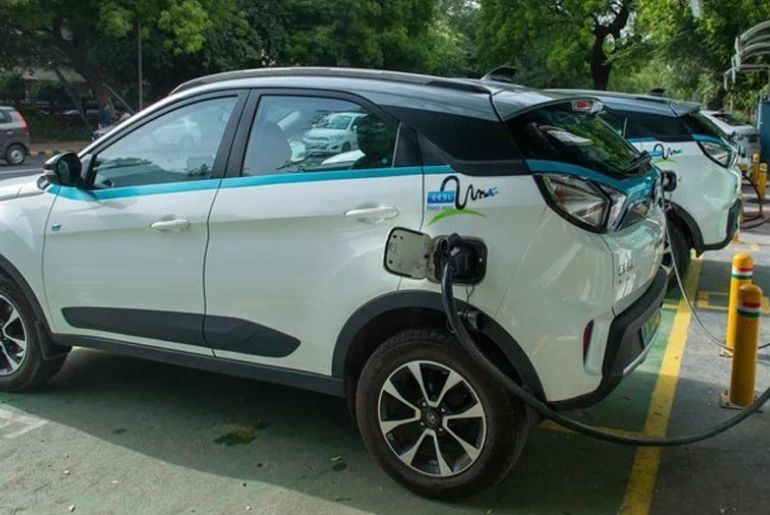The Government of India has officially transitioned from the FAME-II scheme to the newly launched PM E-DRIVE Scheme, aiming to sustain and accelerate the adoption of electric vehicles (EVs) across the country. The update was released by the Press Information Bureau (PIB), detailing the status, achievements, and future roadmap of India’s EV incentive framework.
FAME-II Achievements (As of March 31, 2025)
The Faster Adoption and Manufacturing of Hybrid and Electric Vehicles in India (FAME-II) scheme, implemented from April 1, 2019, to March 31, 2024, led to significant EV penetration by providing demand incentives across vehicle categories. A total of ₹6,559 crore in subsidies was disbursed under the scheme.
| Vehicle Category | EVs Subsidized | Incentive Disbursed (₹ crore) |
|---|---|---|
| 2-Wheelers | 1,428,882 | 4,912 |
| 3-Wheelers | 164,718 | 1,110 |
| 4-Wheelers | 22,615 | 537 |
| Total | 16,16,215 | 6,559 |
The scheme significantly supported the EV ecosystem by incentivizing domestic manufacturing, adoption by consumers, and green mobility transitions across states.
Safety Measures to Prevent Battery Fires
In response to growing concerns about battery-related safety incidents, the Ministry of Road Transport & Highways (MoRTH) has undertaken the following regulatory steps:
-
The Ministry of Road Transport & Highways (MoRTH) has notified the Construction & Functional Safety Standards for EV powertrains under AIS-038 (Rev.1).
-
The Ministry of Road Transport & Highways (MoRTH) has updated the EV battery safety standards under AIS-156 and AIS-038 (Rev.2), which will be phased in starting from December 1, 2022.
-
Conformity of Production (COP) requirements for all EV categories issued via G.S.R. 888(E).
-
Construction equipment vehicles using electric powertrains now fall under AIS-174 regulations until BIS norms are formalized.
These measures aim to enforce strict compliance and quality assurance throughout the EV lifecycle—from manufacturing to deployment.
Transition to New Incentive Framework
Following the conclusion of FAME-II, the Electric Mobility Promotion Scheme (EMPS) 2024 was introduced as a bridging policy. It operated with a ₹778 crore outlay from April 1, 2024, to September 30, 2024, specifically targeting electric two- and three-wheelers.
Subsequently, the PM Electric Drive Revolution in Innovative Vehicle Enhancement (PM E-DRIVE) scheme was launched on September 29, 2024, to consolidate and scale India’s EV growth.
Key Features of PM E-DRIVE (2024–2026)
-
Total Outlay: ₹10,900 crore
-
Valid Till: March 31, 2026
-
Scope:
-
Demand incentives for:
-
Electric 2-wheelers (e-2Ws)
-
Electric 3-wheelers (e-3Ws)
-
Electric trucks (e-trucks)
-
-
Grants for:
-
Electric buses (e-buses)
-
EV public charging stations (EV PCS)
-
Modernization of vehicle testing infrastructure
-
-
EMPS 2024 has now been subsumed under PM E-DRIVE, creating a unified and expanded incentive framework aimed at all segments of electric mobility.
The Road Ahead
The transition to PM E-DRIVE represents a significant policy evolution, shifting from targeted vehicle support to a comprehensive EV ecosystem approach. It integrates end-user subsidies with infrastructure and industry-scale support, aligning with India’s larger net-zero and green mobility ambitions.
With increasing focus on safety, technology upgrades, and infrastructure development, the government aims to make India a global hub for clean and intelligent mobility.

